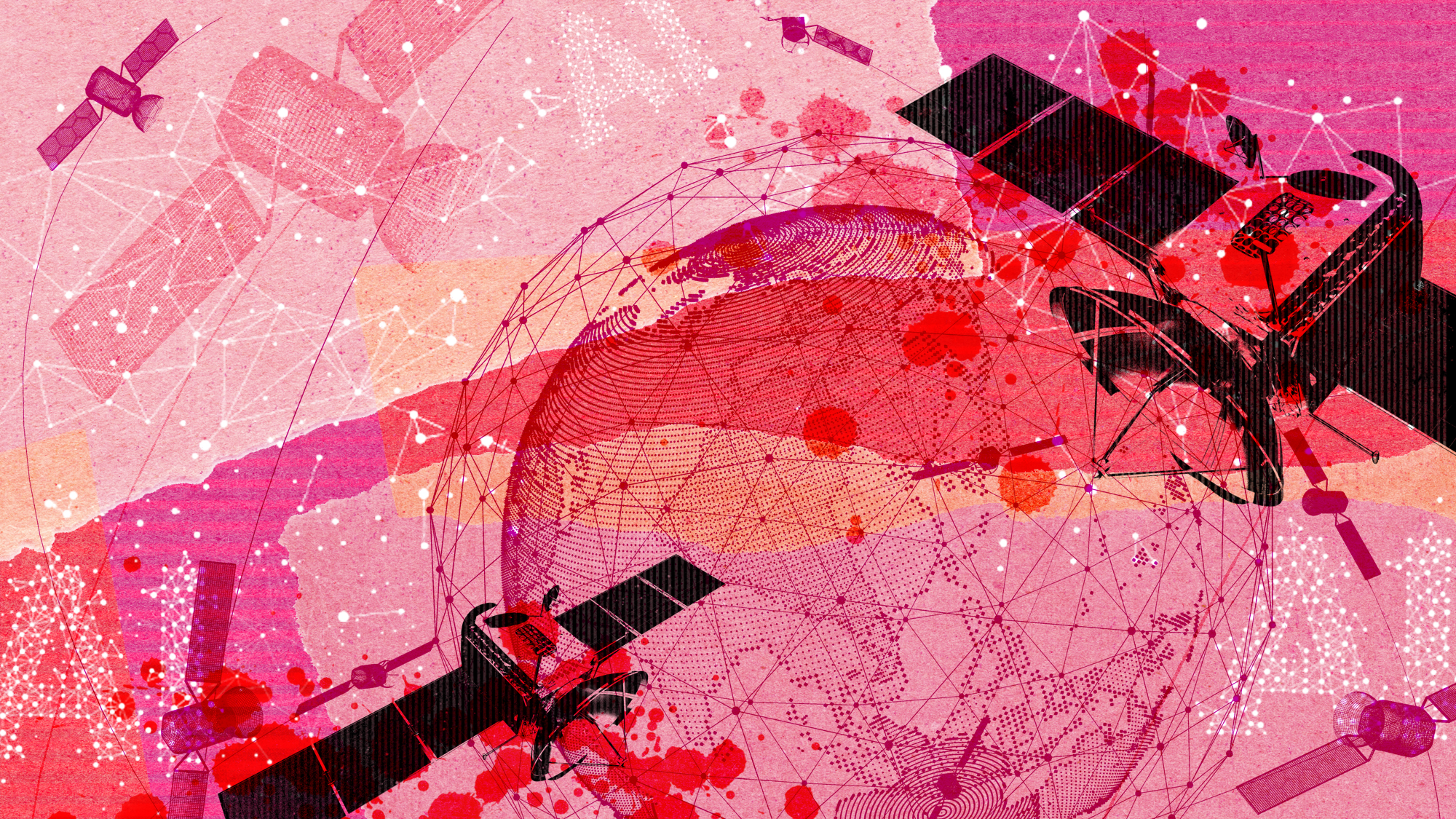Daniel Libeskind's favorite inspiring books
The renowned architect recommends books by Marcel Proust, James Joyce, and more
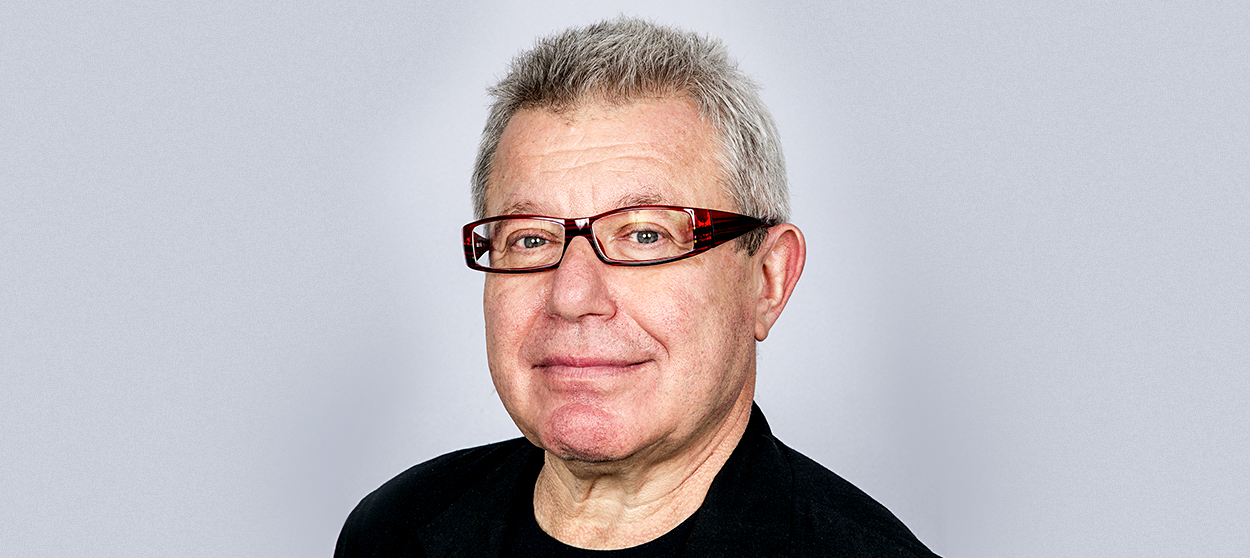
Architect Daniel Libeskind is the designer of such global landmarks as New York's One World Trade Center and Berlin's Jewish Museum. In his new book, Edge of Order, he reviews his life's work and its inspirations — including these books.
In Search of Lost Time by Marcel Proust (seven volumes, 1913–1927).
Proust's great novel is really a book of reflections about how architecture — our living spaces — creates a blueprint for our dreams, our desires, our emotions, and our memories. Where we have lived, what we have eaten, what kind of cups we use — all of those aspects are examined here in minute, revealing detail.
The Week
Escape your echo chamber. Get the facts behind the news, plus analysis from multiple perspectives.

Sign up for The Week's Free Newsletters
From our morning news briefing to a weekly Good News Newsletter, get the best of The Week delivered directly to your inbox.
From our morning news briefing to a weekly Good News Newsletter, get the best of The Week delivered directly to your inbox.
Herbarium by Emily Dickinson (2006).
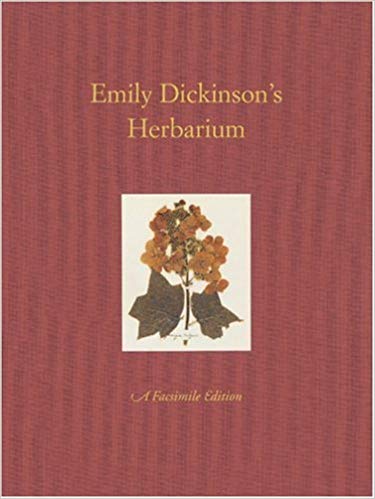
From childhood onward, Dickinson collected, pressed, and classified the plants she grew in her garden in Amherst. Though the images in this book, you can see how her poetry — all her symbols, all her metaphors, the colors she mentions — mirrors nature. You don't even have to read her poetry to see what a great artist she was.
Ulysses by James Joyce (1922).
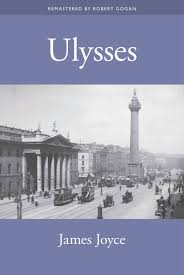
Joyce once said that if Dublin were destroyed, you could recreate the entire city from this novel. You can't do urban planning without Ulysses because it is a labyrinth you can never leave. It's also, despite its reputation, a very accessible, easy-to-read book that reveals the divinity of every city.
A free daily email with the biggest news stories of the day – and the best features from TheWeek.com
The Plot Against America by Philip Roth (2004).
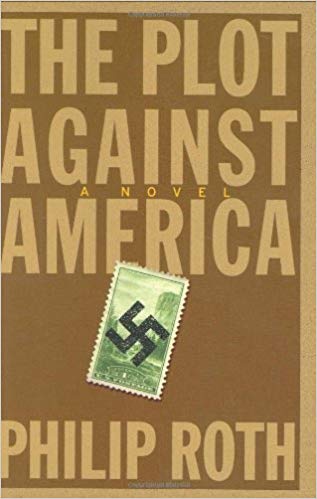
Roth's novel is not just an alternative history. It is also a novel analysis of what the dark winds of fascism and anti-Semitism, unleashed, would do to the America we know. It reveals the vulnerability of a democracy. Democracies are very delicate and can easily drift toward something unwholesome and oppressive.
The Letters of Vincent van Gogh (1914).
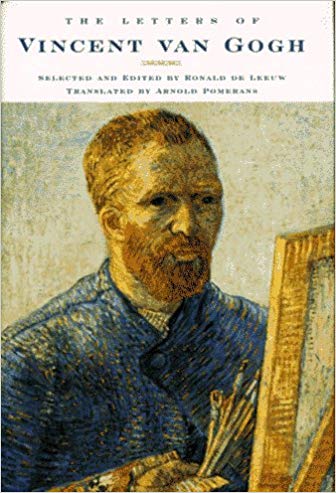
In his letters to his brother Theo, van Gogh — who had once studied to be a priest — essentially laid out a theology of art, explaining his struggle to understand the beauty and the meaning of the world. This is a fantastically inspiring book — an adventure of the soul.
Alice's Adventures in Wonderland (1865) and Through the Looking-Glass (1871) by Lewis Carroll.
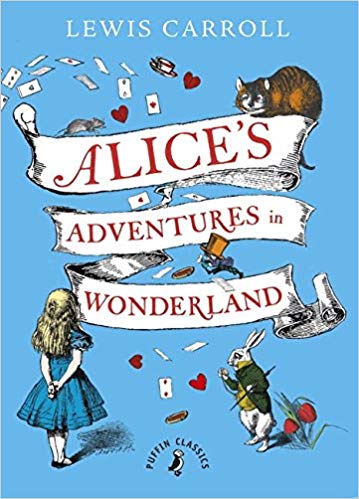
I love Lewis Carroll; he's a total genius. His two classic works are children's books for grown-ups because they reveal aspects of the creative mind that we all have but seldom use in adulthood. Inspired by Carroll, I make a habit of trying to learn seven amazing things before breakfast.
